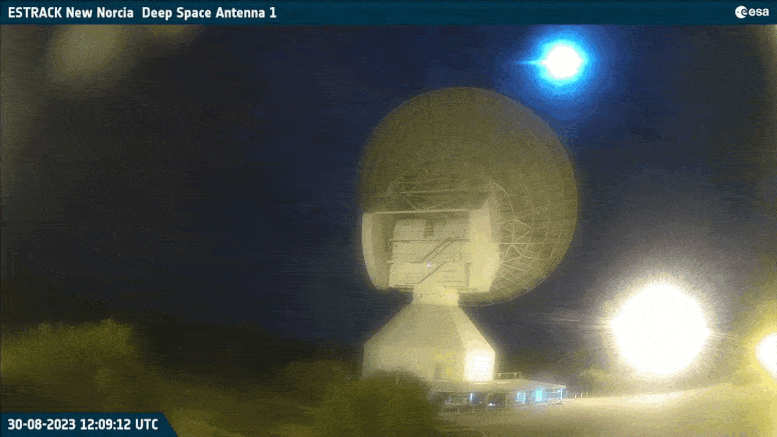
On August 30, as Western Australia witnessed a ‘super blue Moon’, a culmination of the calendar blue Moon and supermoon, ESA’s New Norcia deep space antenna was tuned in. This interest was twofold: the rare lunar event and the Chandrayaan-3 mission by ISRO, which had achieved a soft landing on the Moon earlier in August. Credit: ESA, CC BY-SA 3.0 IGO
On August 30, the rare ‘super blue Moon’ combined with ESA’s New Norcia antenna interactions with ISRO’s Chandrayaan-3 Lander, creating a unique celestial and technological spectacle for observers in Western Australia.
As the Sun set in Western Australia on August 30, the Moon rose from the horizon in a particularly striking fashion.
This ‘super blue Moon’ was a rare combination of a calendar blue Moon – the second full Moon in a single calendar month – and a supermoon – a full Moon that occurs when the Moon is at the closest point to Earth in its orbit.
Like many interested in this rare phenomenon, ESA’s New Norcia deep space antenna turned its attention to Earth’s natural satellite as it came into view. But it wasn’t just the Moon that ESA was interested in.
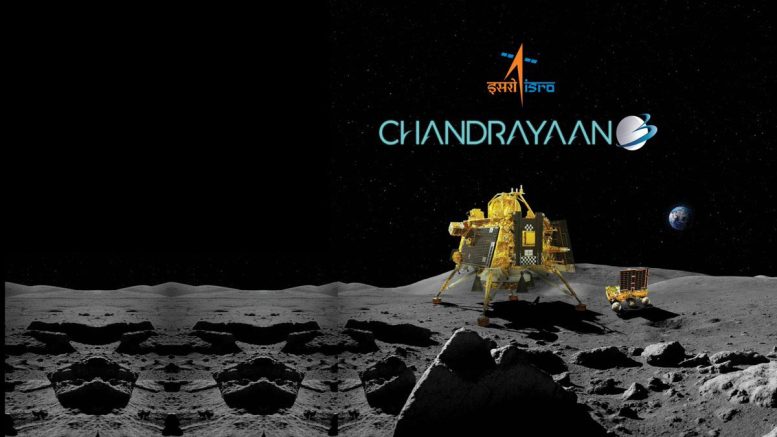
On August 23, the Indian Space Research Organisation (ISRO) successfully landed its Chandrayaan-3 Lander Module on the surface of the Moon. Credit: ISRO
India’s Chandrayaan-3 Mission
The Indian Space Research Organisation (ISRO) launched Chandrayaan-3 on July 14 on a mission to, among other things, achieve India’s first soft landing on another celestial body.
On August 23, the Chandrayaan-3 Lander Module successfully touched down on the lunar surface, achieving that goal and making India just the fourth nation to achieve such a landing.
ESA is providing ground station support to the mission: using its antennas around the world to communicate with the spacecraft, to send commands to it that control it in flight and on the surface, and to receive important information about the health of the spacecraft and data from its scientific instruments.
Once in a Blue Moon
ESA’s New Norcia station, located roughly 140 km (90 miles) north of Perth, Western Australia, is one of those supporting Chandrayaan-3. On August 30, a number of fortunate coincidences came together to offer a rare view of this support in action.
The super blue Moon was at its brightest for observers in Western Australia just after the local sunset on August 30. And it was at this time, at around 17:30 AWST (11:30 CEST), that the New Norcia antenna began its latest data exchange session with the Chandrayaan-3 Lander Module on the surface.
The unusual brightness and the location of the Moon in the sky aligned perfectly to make it visible in the live webcam aimed at the New Norcia antenna for almost the entire three-and-a-half-hour communication window.
A super blue Moon is rare, a Moon landing is rare, ESA ground stations supporting a mission on the surface of the Moon is rare, and the Moon being visible in the New Norcia webcam for a prolonged period of time is very rare.
But together, they allowed us to capture the ESA antenna chasing the super blue Moon and the Chandrayaan-3 Lander across the Australian sky.
What Lies Ahead for Chandrayaan-3
At the time of the image, the Chandrayaan-3 surface operations were roughly at their halfway mark. On September 3, the rover was put into sleep mode. The planned activities came to an end with the end of the lunar daylight. At this point, the solar panels on the lander and rover are no longer able to generate power.
Their survival into the next lunar day would be the kind of thing that only happens once in a blue Moon.

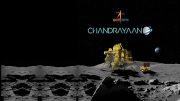
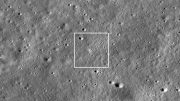

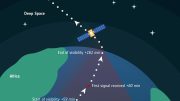
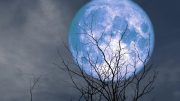
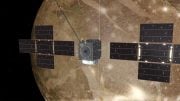
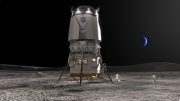

Be the first to comment on "Extraordinary Convergence: Chasing Chandrayaan and the Super Blue Moon"